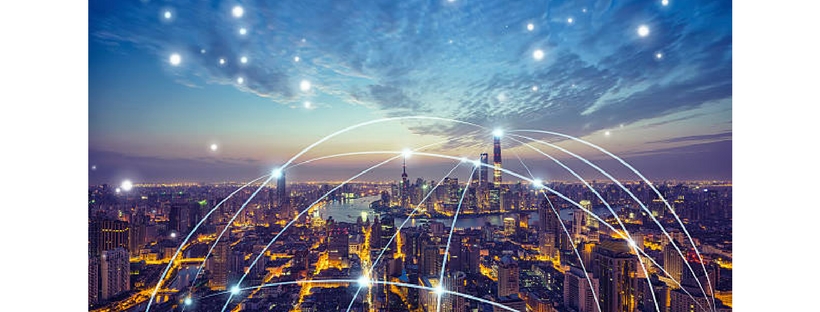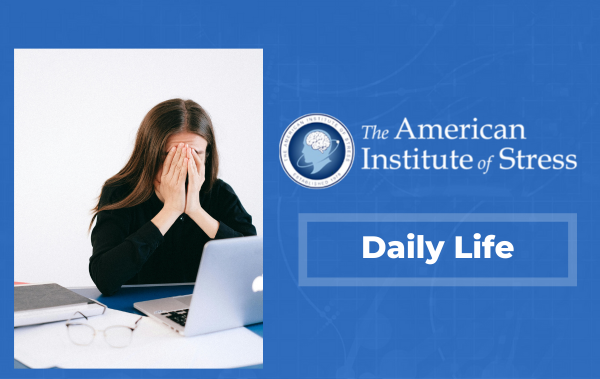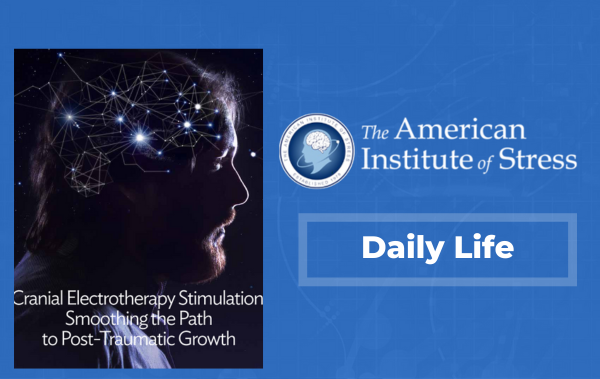by Heidi Hanna, PhD, FAIS
Like other stress-related concerns and conditions, the point where technology becomes more foe than friend is different for each of us. Using energy resource theory, “stress is what occurs when demand exceeds capacity”. Our constant connection to information, stimulation, and validation can quickly shift us into overwhelm and trigger anxiety of not having or being enough. While some people feel on-edge from the noise of tech and knowing demands on our time and resources constantly increase with each incoming email, others fail to notice any signs or symptoms of tech addiction until they’re asked to put it away, or when it’s taken away from them, such as in a loss of connectivity in an emergency situation or network dysfunction.
Not long ago, I recall an elevator exchange with a conference attendee who was disgruntled by the fact she couldn’t continue to text in route to her hotel room. “We can put a man on the moon but we can’t create a cell signal that doesn’t drop in the elevator?Sheesh…” she shrugged. Sometimes it seems the more we accomplish the more pathetic we see our inability to be perfect. Perhaps this has something to do with the rising rates of anxiety, depression and other stress-related conditions despite the extraordinary advancement and luxuries in life. So, just how much tech can we tolerate before it turns pressure into pain? According to one survey by Harris Interactive, the magic number for most people is about 50 emails a day.
Once our inbox exceeds that count, most feel like they can’t keep up. Ironically, if you asked people how they’d feel if they got less than the average number of emails a day (or the amount they perceive other important people get), they’d start to experience depression due to feeling less than. It seems we need enough connection to feel stimulated and validated but not so much that we feel stressed out. Or perhaps since stressed out is the norm these days, feeling calm and in control would feel wrong. Research has clearly shown that multitasking
has serious negative effects on productivity and performance, and can even compromise long-term health and happiness. When we wake up in the morning feeling like we don’t have enough time to get it all done, the brain shifts to a state of chronic stress that hijacks our energy and attention. Add a steady stream of incoming emails, texts, phone calls, and a 24/7 news cycle and you have a recipe for attentional disaster, or deficit disorder. Understanding that tech isn’t going away or slowing down anytime soon, how can we maximize its benefit while minimizing the impact on our stress load?
1. Prioritize downtime. We need to recharge our brains and bodies with as much effort and attention as we give to our cellular devices. For every hour, plan 3 – 5 minutes to relax and focus on nourishing positivity with simple techniques like gratitude, calm breathing, and music.
2. Minimize multitasking. When we need to focus on the task at hand, turn tech off. Completely off. Remember that hands-free is not brain-free; studies show that the risk of a crash is 4x higher when on a phone call whether you’re holding a phone or not (National Safety Council, 2014). Set aside specific times during the day to check email or do other online tasks and avoid slipping into surfing in between. Fight the temptation to get more done in less time by doing multiple tasks at once, and instead focus on being fully engaged in what matters most in each moment.
3. Engage in email etiquette. Drop the need to cc more than necessary, and be considerate about sending communications after hours. When it’s important, make a call or when possible meet face to face.
4. Reduce the rush. Set realistic expectations for yourself and others regarding response time. Create more space in your calendar by committing to 50-minute or 25-minute meetings, with buffer time for breaks in between.5. Run mindful meetings. Spend time up front getting clear on the agenda and desired outcome so that participants can stay focused on the task at hand. Only invite people to the meeting who need to contribute,and hold firm to the scheduled time frame. Whenever possible,end meetings early to allow people to recharge their energy, reflect on the conversation, and take action on key takeaways.
ABOUT THE AUTHOR
Dr. Heidi Hanna is a health and performance consultant, NY Times bestselling author, and global speaker on topics related to stress, brain health, and personal and organizational energy management.






